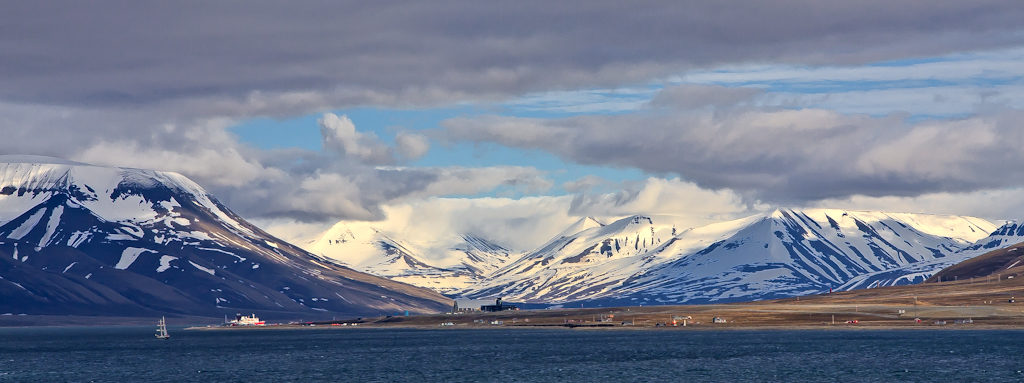
If you’re planning on exploring the outlying and unfriendly, yet stunning Arctic, the Svalbard archipelago is the perfect option for you, standing quietly in the Arctic Ocean, between mainland Norway and the North Pole. In this isolated island, at the very top of the northern hemisphere, there’s an everlasting layer of snow coating the sea, even during the polar summer, when the sun doesn’t sink below the horizon for around five months. In contrast, during the winter, the polar night starts; a shrieking darkness, lasting another five long months. Two breathtaking and unbelievable natural phenomena taking place in just one wonderful island.
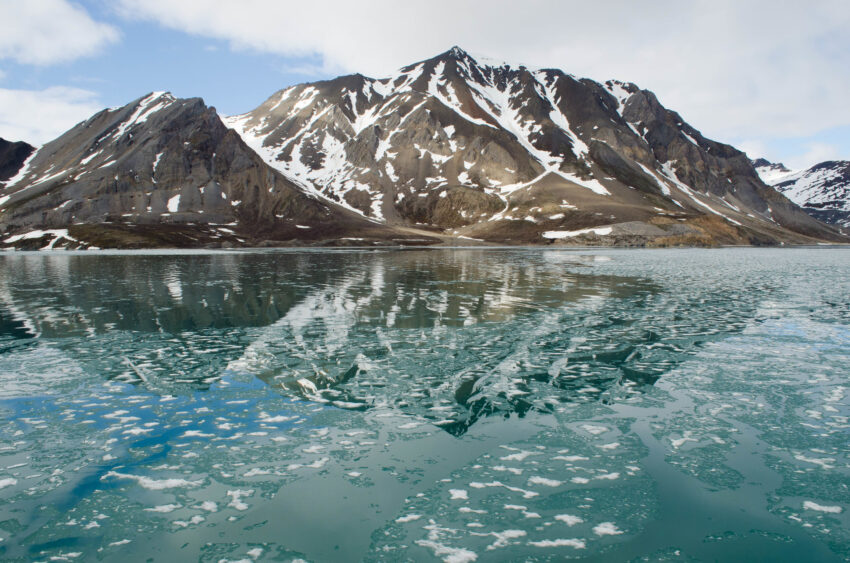
On the opposite side of the world, the Antarctic is pretty well-known for its vast amount of wildlife, including hordes of penguins and nesting birds, and even though the Arctic wouldn’t be considered competition given its low diversity, the region has one highlight that makes up for the lack of wildlife: it is the habitat of the world’s number one predator, the terrifying but magnificent polar bear.
Sail through ice and seek polar bears
During the summer months, under the everlasting sunlight, there are a number of cruises navigating Svalbard’s frozen waters, tracking down different species of Arctic animals, but focusing on the unnerving polar bears. Longyearbyen is the starting and ending point of all trips, the largest settlement on the main island of Spitsbergen. The trip’s schedule is arranged and carefully planned according to the state of the ice, and the migration and quests of birdlife and mammals on the archipelago.
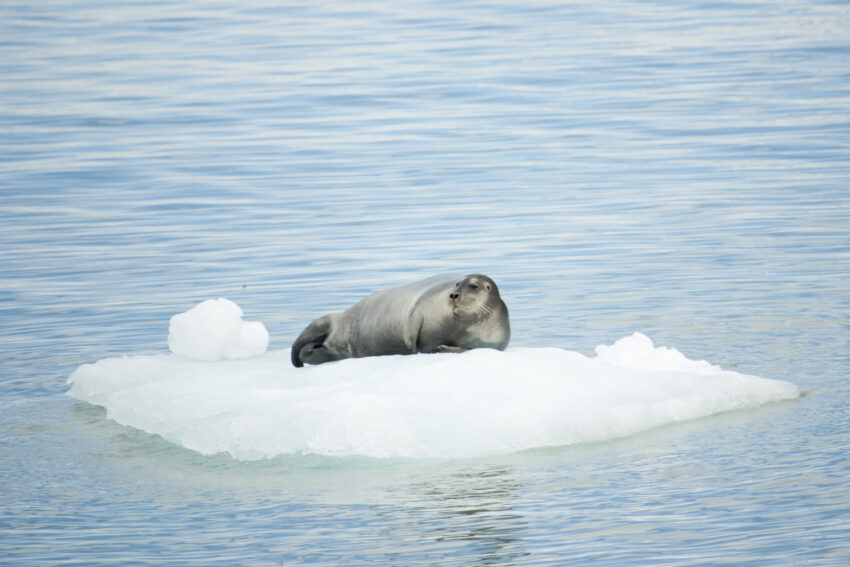
During the winter, Longyearbyen is comprised in the polar night’s shadow, and with this absence of daylight, plenty of its houses are painted in bright colors, dotting Svalbard with lively and happy freckles against the white snow, overweighting the swallowing darkness of the winter months.
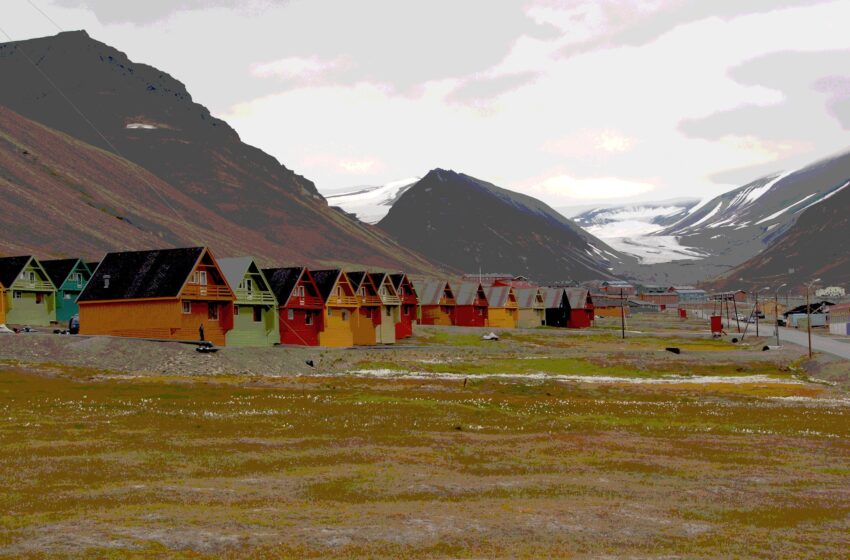
The Norwegian government has settled in a seed bank in Spitsbergen, the Svalbard Global Seed Vault, given how secluded and alone the island is from the rest of the world: this way, if there ever was an ecological or man-made disaster of any kind, biodiversity would be safe and preserved, distant from all danger. This is an underground vault, containing thousands of seeds of crop plants from all over the world, built to resist from earthquakes to nuclear bombs, and even volcanic activity.

You can find plenty of desolated areas and even entire islands in the Svalbard archipelago, with snow-capped mountains breaking the horizon. The snow is brightly white, clean as it should be, and polar bears roam around freely for kilometers, hunting seals on their rightful territory; unlike Churchill in Canada, where you find them corralled by melting ice, and as easy to spot as possible.
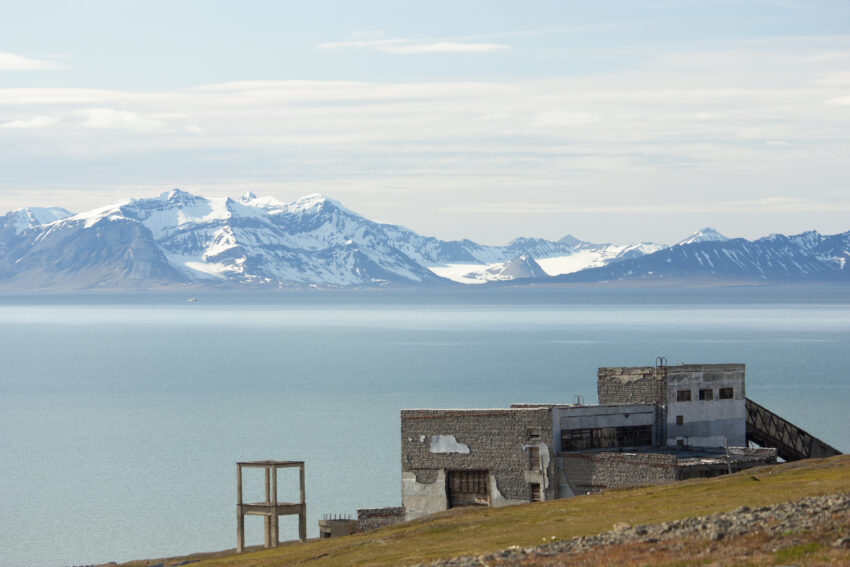
Here in Svalbard, finding polar bears is not that easy though, but once you spot them, the tingle of excitement you feel makes the whole challenge totally worth it. They are so unbothered by your gigantic cruise ship they sometimes come really close until they can sniff the ship’s hull. Males, females, and cubs all wander around, loud roars echoing in the empty frozen island, swimming between ice floes and cutely rolling in the snow to dry their white fur. A unique, thrilling spectacle.
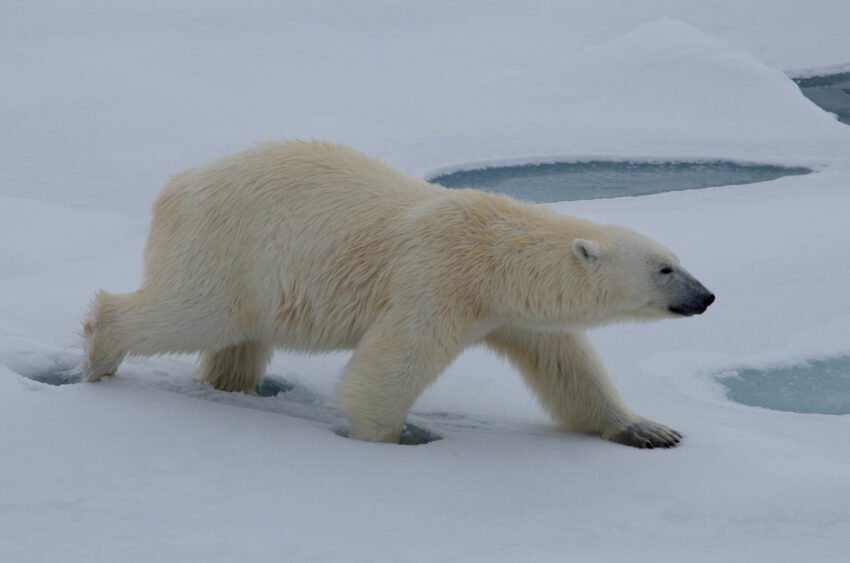
For a more intimate encounter with polar bears, you can board an inflatable Zodiac boat and explore ice floes and glaciers up close, or land on an island to hike across snowy deserts, with an armed guard always by your side, as humans are pretty much not wanted wandering by polar bear territory.
Svalbard’s wildlife
Besides the famous polar bears, there are many different species of animals in Svalbard. The most commonly found is the powerful walrus. Friendly and social, these mammals are often found in big groups. They are not really disturbed by humans, but getting too close to their groups can be dangerous, and once in the water, they move incredibly fast for their size and weight, so keep your distance if you are sailing on a Zodiac boat.
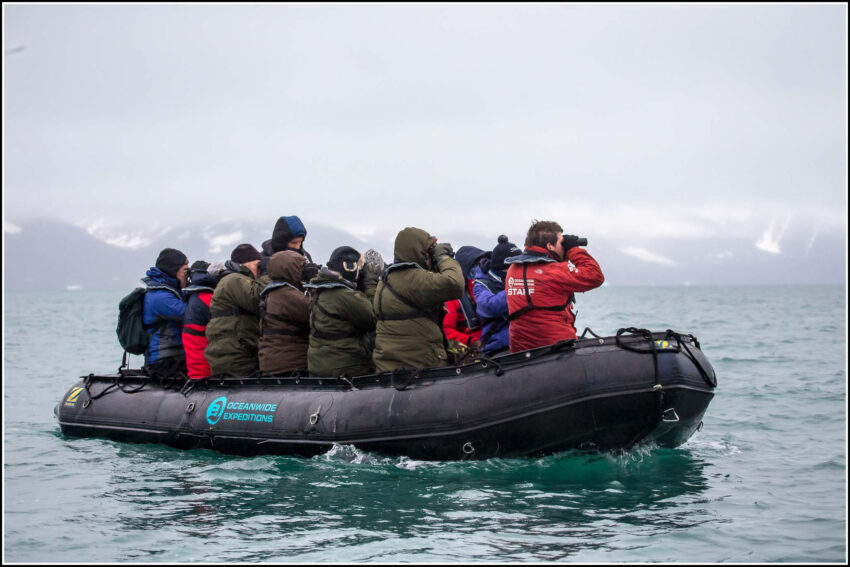
Pay close attention and you can also find the small ringed seal, with its characteristic spotted fur or the large, trustful bearded seal, resting on ice floes and waiting for your picture to be taken. If you are lucky, you may even spot the bowhead whale, a slow giant with a distinctive bow-shaped mouth, incredibly hard to see; but on the other hand, the toothed white whales can be found fairly easily on coastal areas.
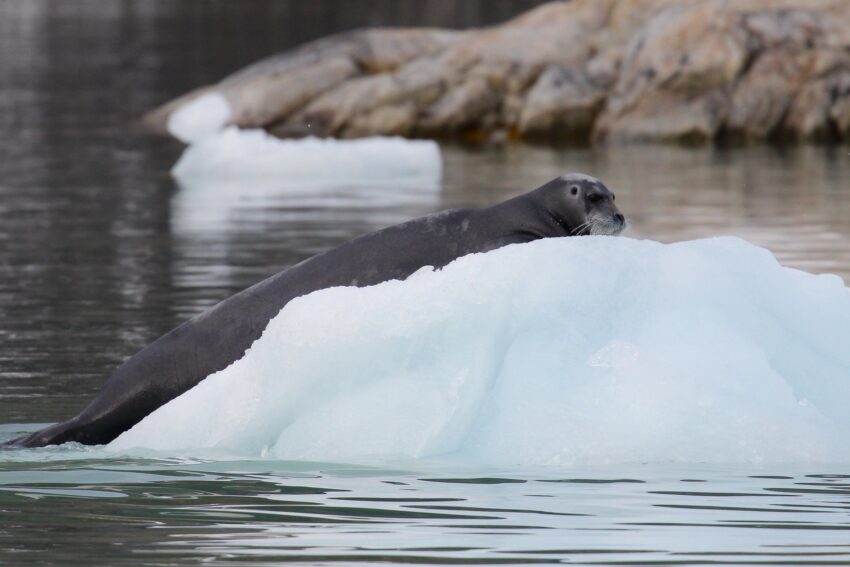
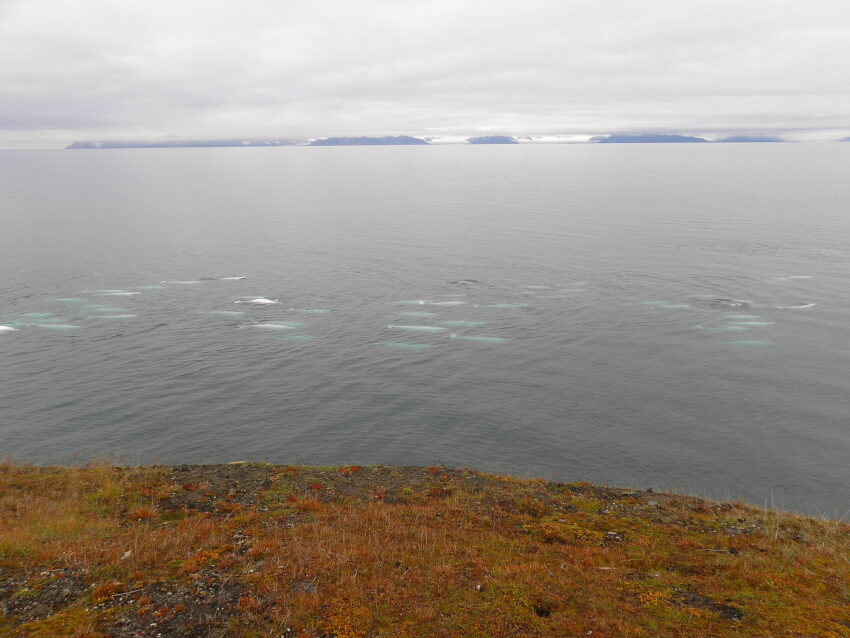
On land, if you head to non-glaciated areas, you surely will find the Svalbard reindeer, a species only found in the archipelago. You can get close to them just by sitting on the ground and waiting, and when their curiosity gets the best of them, they will shyly come to you. On the coasts of Svalbard, you can also find the small and short-legged arctic fox. This small fox appears in two different color morphs: the blue fox with its brown or blue-ish fur, and the white fox, its coat changing from white during winter to brown on summer months.
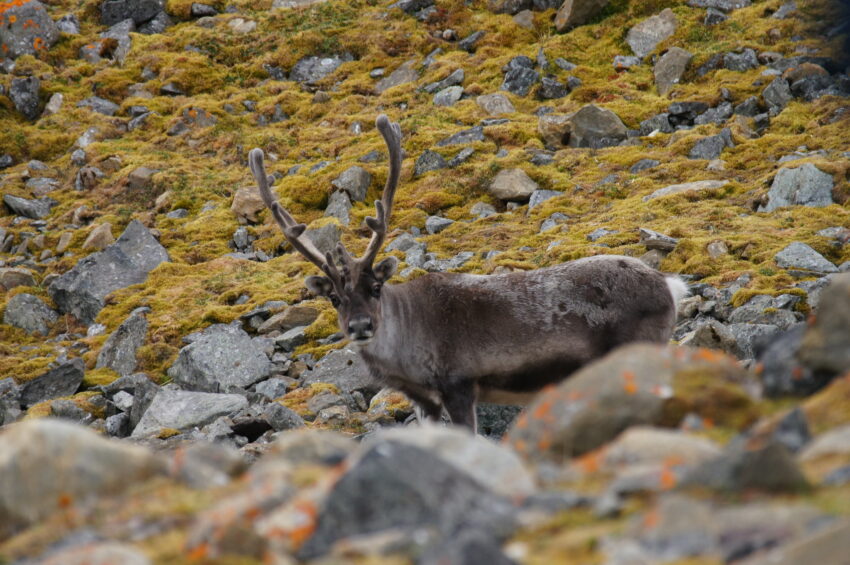
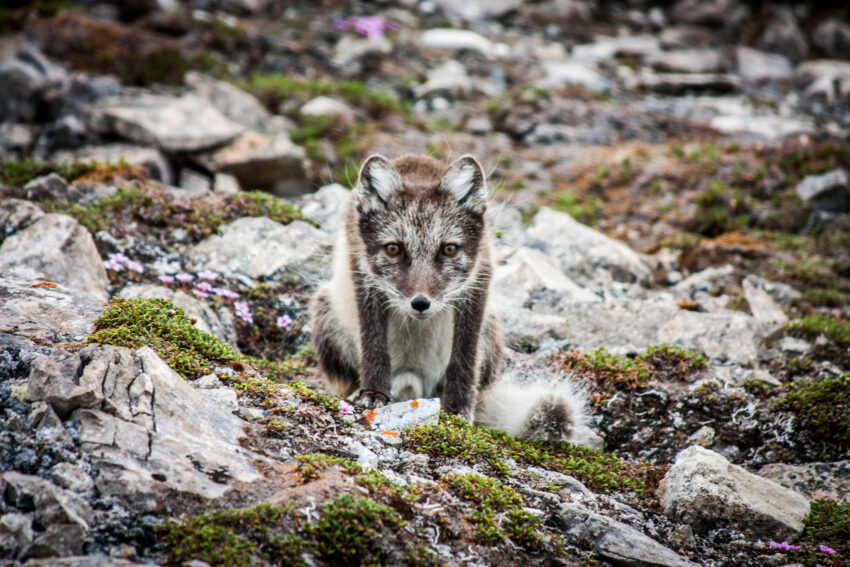
However, Svalbard’s wildlife is possibly dominated by birds, the most commonly found going from divers to geese, and from gulls to the Atlantic puffin.
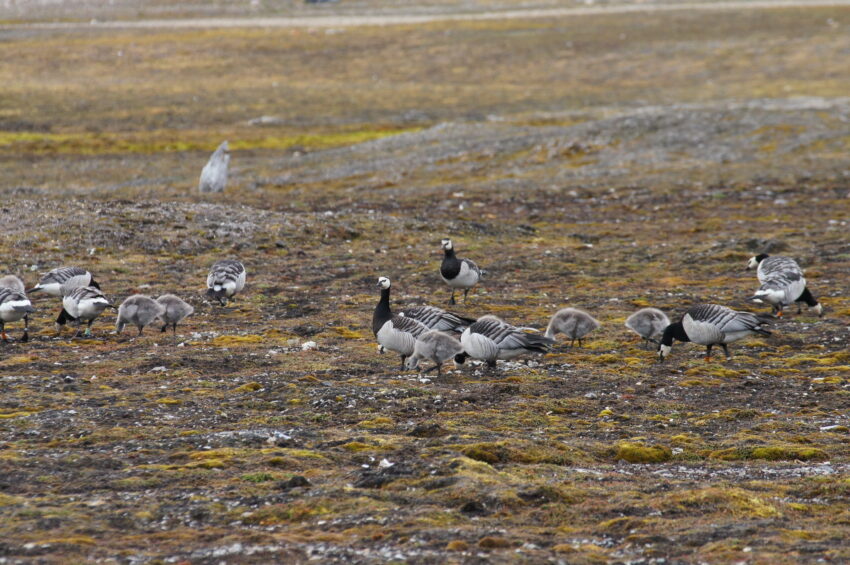

Things you should know
From May to September, Hurtigruten organizes plenty of cruises around the best places on Svalbard, all starting and finishing in Longyearbyen, on the west coast of Spitsbergen, and some departing and arriving at Oslo. These cruises explore the more outlying and unknown regions of the Svalbard archipelago, depending on the state of the pack ice. Check their website for more information on their ships here. Scandinavian Airlines (SAS) fly to Oslo, the Norwegian capital, and then on to Tromso and Longyearbyen.
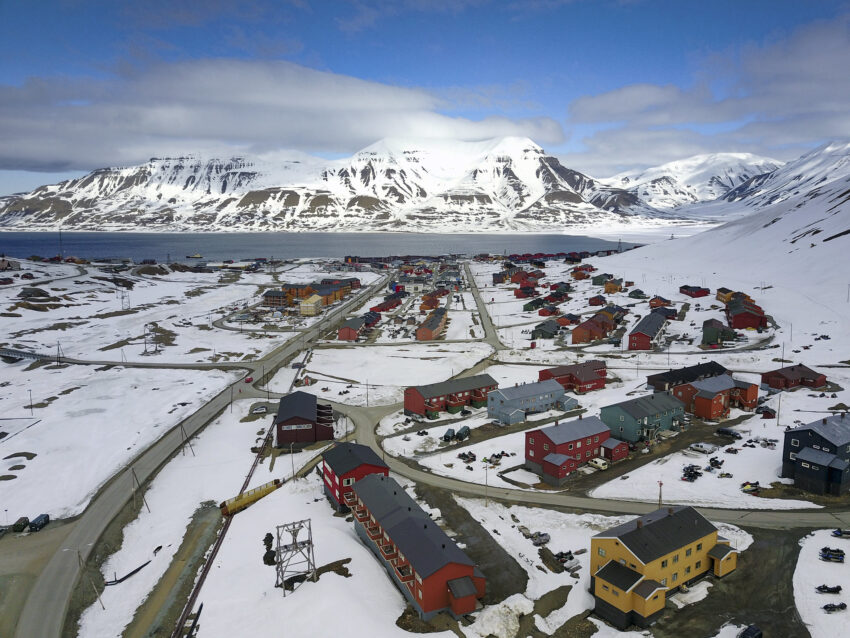
If you loved this article or found it useful, don’t forget to share it with your adventurous and travel-hacking friends! If you want more post like this, follow us on Youtube, Instagram, Pinterest, Twitter or Facebook and subscribe to our newsletter!

